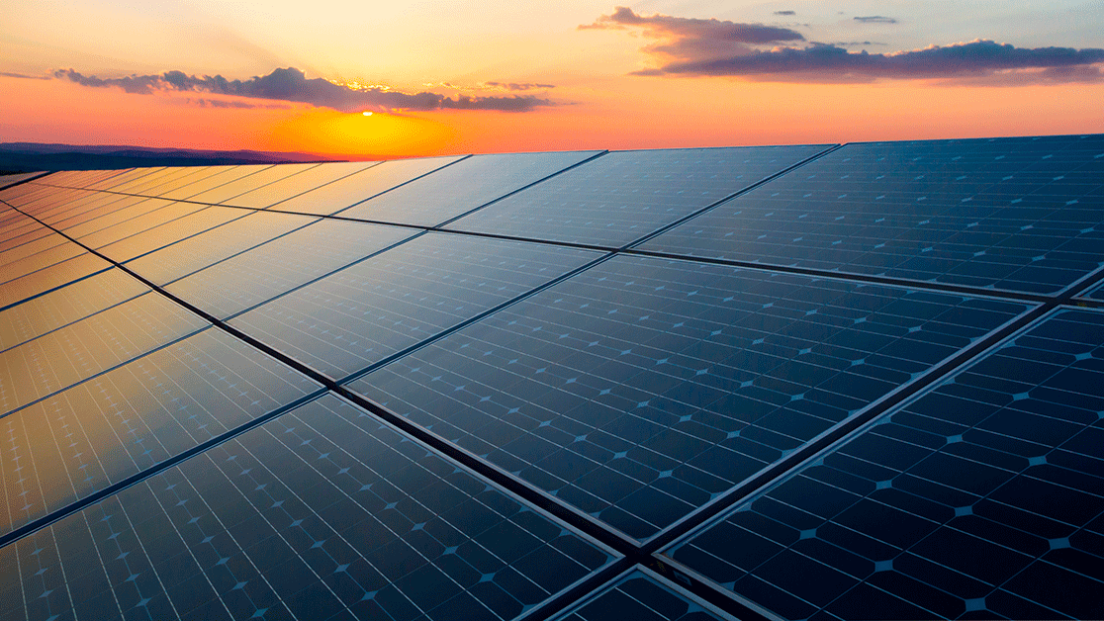Empa achieves record for flexible solar cells

Researchers at the Eidgenössische Materialprüfungs- und Forschungsanstalt (Empa) have set a new record with CIGS solar cells on flexible polymer film. They were able to raise their efficiency close to that of conventional, non-flexible solar cells.
The Empa team from the Laboratory for Thin Films and Photovoltaics , headed by Ayodhya N. Tiwari, has set its seventh record for the efficiency of flexible CIGS (Copper Indium Gallium Diselenide) solar cells. After a record high efficiency of 12.8 percent in 1999, it has now reached 21.38 percent, according to a press release. This new record was confirmed by the independent Fraunhofer Institute for Solar Energy Systems in Freiburg, Germany.
The value now measured is already close to the best efficiency of conventional, non-flexible solar cells made of crystalline silicon of 26.7 percent. The highly efficient flexible solar cells are particularly suitable for use on roofs and building facades, for greenhouses, transport vehicles, aircraft and portable electronics. Together with the Niederhasli ZH-based company Flisom , a spin-off from Empa and the Swiss Federal Institute of Technology Zurich ( ETH ), the researchers are developing roll-to-roll production of lightweight, flexible solar modules for such applications.
These solar cells are produced on a polymer film using a low-temperature evaporation method. The light-absorbing semiconductor material lies on top as a wafer-thin film. Empa researcher Shiro Nishiwaki optimized their composition. In this way he was able to further increase the efficiency. According to the team’s measurements, the increase in photovoltaic output remained stable even after several months.
Tiwari’s team works closely with the Kovalenko Lab for Functional Inorganic Materials at ETH Zurich. The research and development work was supported by the Federal Office of Energy .